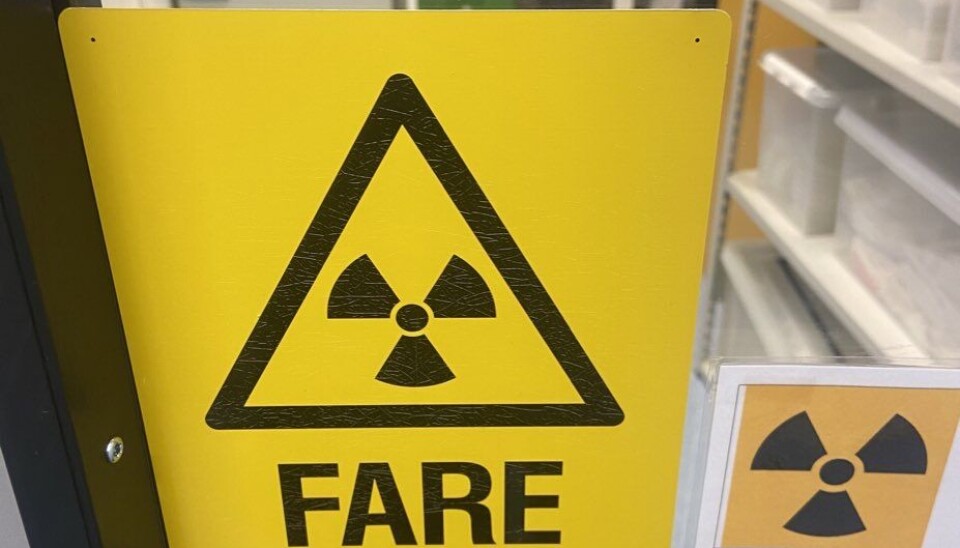
Tiny amount of radioactive iodine measured in Tromsø
The Norwegian Radiation and Nuclear Safety Authority (DSA) underlines that the levels of Iodine-131 measured pose no harm to humans nor the environment.
The measurement was seen when the filter at the directorate’s High North laboratory in Tromsø for the week March 21-26 was analyzed.
Iodine-131 is a radioactive isotope with a short half-life of eight days which means that the release has happened recently and it will decay away totally within a few months. The isotope comes from a nuclear reactor, and is used in medial diagnostic.

Norway’s Nuclear Safety Authority says in a short statement that the origin of the isotope measured in air in Tromsø for now is unknown.
None of the other radiation filter stations in Norway or in other Nordic countries have reported detection of Iodine-131 in recent weeks. There are such radiation filters at Svanhovd in the Pasvik valley near the border with Russia, as well as in Rovaniemi, northern Finland.
Tiny amounts of radioactive Iodine have previously been measured at different locations in Northern Europe, but for the most it has been difficult to point to from where the releases are coming.
When Iodine-131 is the only isotope measured, the releases are most likely not from a nuclear reactor incident, as such events would cause releases of several other isotopes, like Strontium-90 and Cesium-137.
Europe and Northwest-Russia have a comprehensive online network of measuring stations where anyone can check current levels of radioactivity in the air as well as the back-log of measurements.














